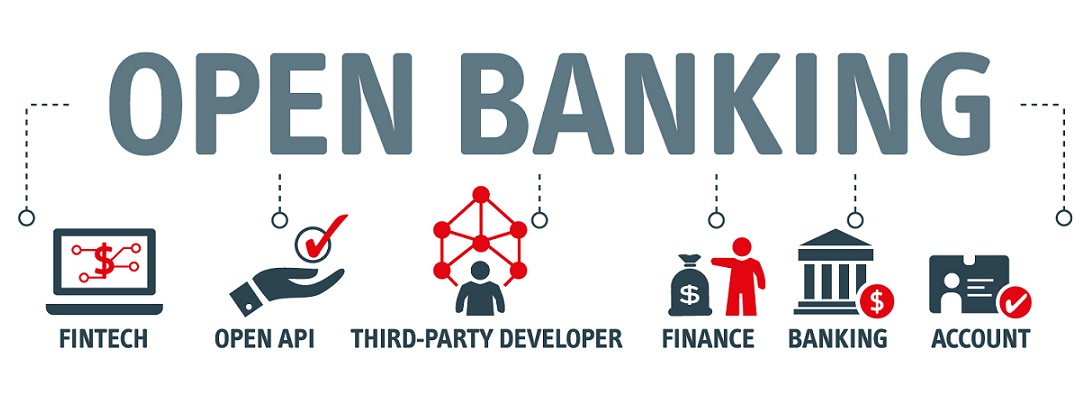
Worldline today introduces WL Account-Based Payments, an account-to-account (A2A) payment offering allowing online businesses to launch their own custom-branded payment method. Worldline’s solution is built with open banking technology which allows third parties to access consumer banking information previously controlled by banks. The payment methods will feature custom branding, instant settlement notification, low fees, comprehensive coverage and more.
The solution is designed for online brands with a loyal consumer base who would consider using a brand’s own payment method at checkout. Brands who wish to adopt a different strategy can choose a more standardized setup. The solution from Worldline can be accessed through a single API allowing for a simple and swift integration offering:
Custom branded payments: Displays company name and official logo at checkout. This way businesses can encourage consumer adoption and promote their brand to shoppers at all stages of the payment journey.
Instant settlement notification: A speedy settlement notification assuring online businesses they can release their goods or services with confidence[1].
Low fees: By leveraging open banking technology, WL Account-Based Payments, provides cost-effective payments.
The most complete coverage: Gives businesses access to 20 European countries and the UK, making it the most competitive offering on the market today.
Further features include QR-code payments with one-click refunds and the setup of recurring payments at checkout is scheduled for later this year. These lead to an improved user experience and conversion rates. Worldline is launching the solution progressively throughout Europe and is continuing its expansion into high growth markets in Asia and Latin America.
“WL Account-Based Payments gives you more control over all aspects of the payment process. Custom branding, instant settlement notification and lower fees are just some benefits of this open banking product”, says Eline Blomme, Head of Product Management Digital Commerce at Worldline. “We are currently developing the solution for some big household names and are excited to see the momentum building around open banking and what it can deliver for our customers and the digital commerce ecosystem.”
Worldline’s solution comes at an exciting time for payments as PSD2 is spurring on innovation through the open banking movement. Industry analysts are expecting massive adoption in the near future with Allied Market Research predicting a quarter of transactions to be open banking transactions by 2026 in the EU. With the launch of this new service, Worldline is helping large online businesses adopt this new paradigm faster.
Worldline is the European leader in the payments and transactional services industry and #4 player worldwide. In 2020 Worldline generated a proforma revenue of 4.8 billion euros.
_____________
[1] Instant settlement notification upon receipt of funds from the chosen bank. The settlement speed will depend on the chosen bank with currently 45% of EU banks enrolled on SEPA Instant (SCT Inst) and this number is increasing.
Banking 4.0 – „how was the experience for you”
„So many people are coming here to Bucharest, people that I see and interact on linkedin and now I get the change to meet them in person. It was like being to the Football World Cup but this was the World Cup on linkedin in payments and open banking.”
Many more interesting quotes in the video below: